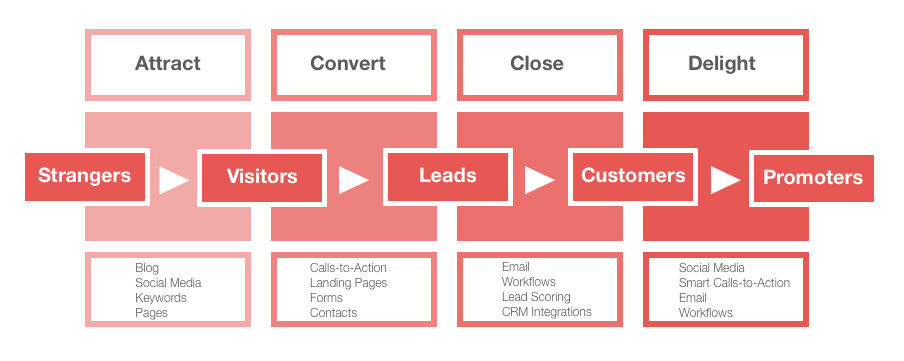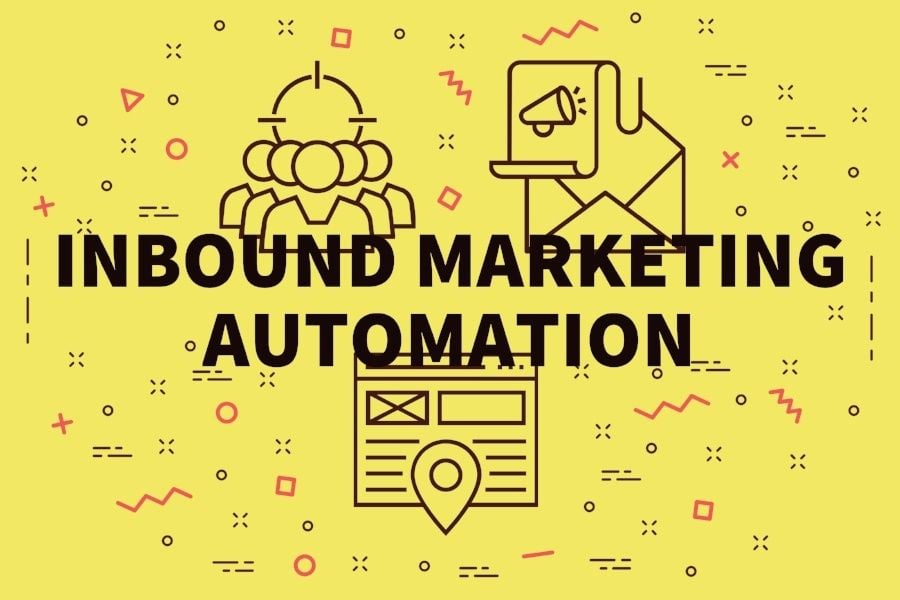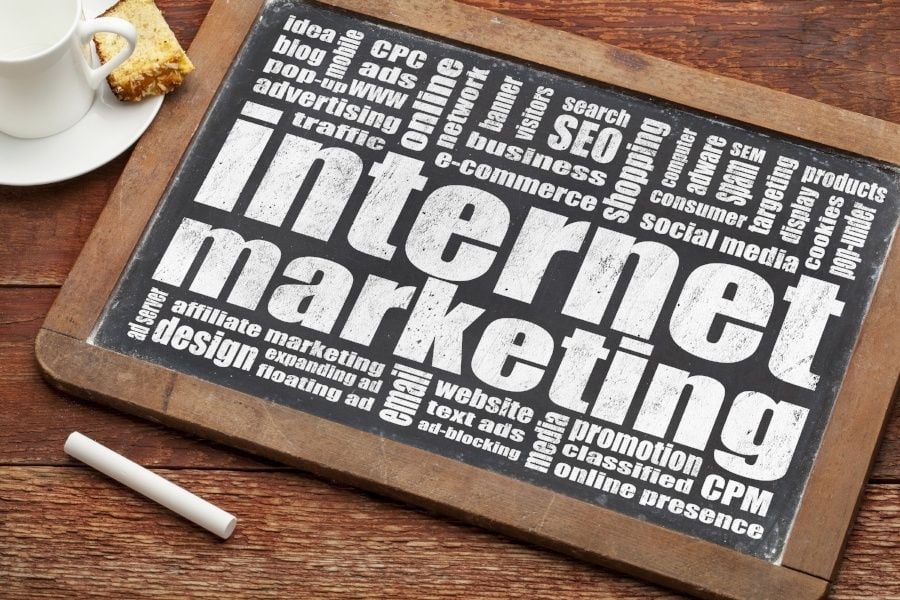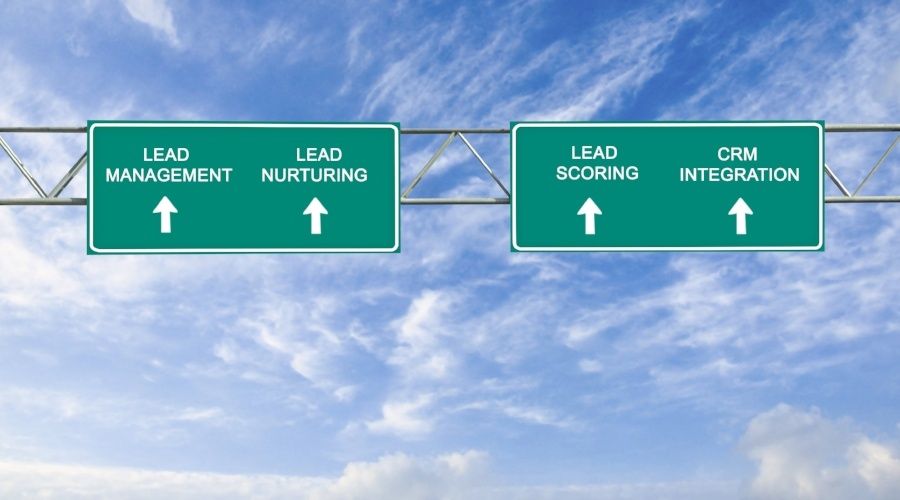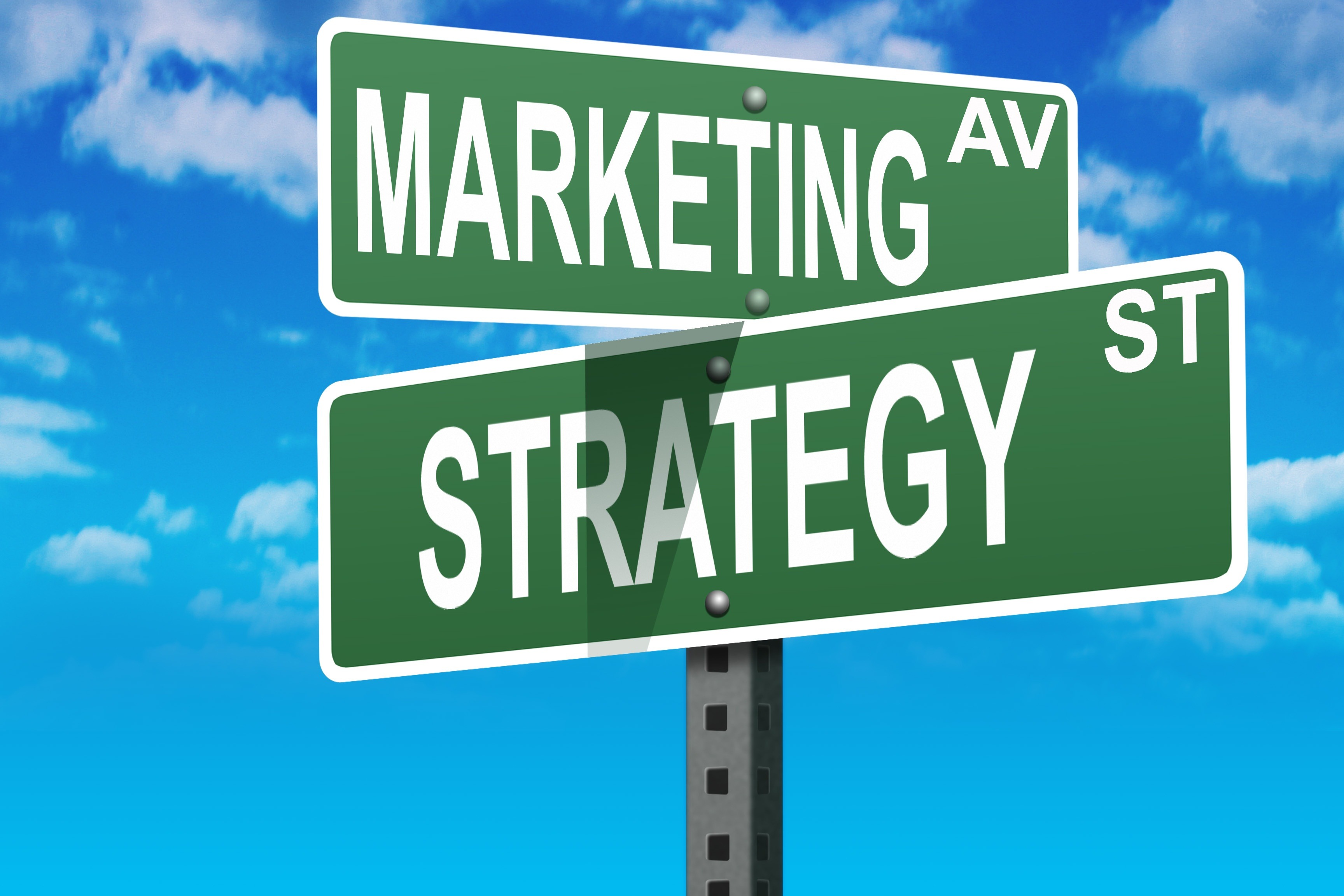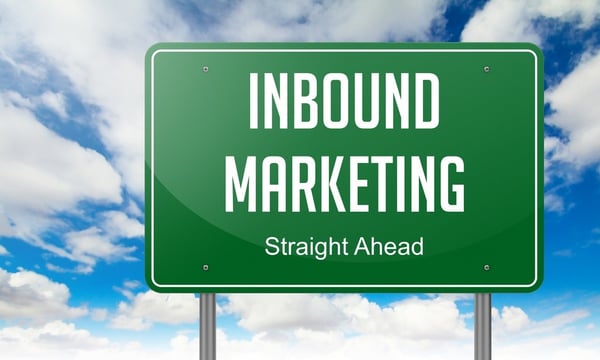
As a small business owner, you want to grow your business, and you don’t want to break the bank doing it.
If your marketing efforts have relied on cold calling prospects, 60 second ad buys on local TV, direct mail and a so-so website, you might be reluctant to change.
You might not be completely satisfied with the results, but you ask yourself, “what else is there?”
The problem is that while your marketing strategies haven’t changed, your customers have, and they’re increasingly skeptical of traditional outbound marketing strategies like the ones you’ve been using.
TV viewers don’t like commercials, and almost 90% find a way to skip them.
They dislike telemarketing even more—200 million Americans have put themselves on a do-not-call list, and more than 9 in 10 business executives ignore cold sales calls. If you rely on these strategies, you’re losing a lot of prospective customers.
What Is Inbound Marketing?
Inbound is a response to significant changes in consumer behavior—they’re increasingly skeptical of snazzy sales pitches from people they don’t know—and don’t trust.
Inbound marketing solves this problem by building trust, and making that trust a prerequisite to selling.
This way you can build trust by giving prospective and current customers information they can use and helping them solve problems. Once trust has been established, prospects are more likely to buy.
As Hubspot explains:
“Inbound marketing is an approach focused on attracting customers through content and interactions that are relevant and helpful — not interruptive. With inbound marketing, potential customers find you through channels like blogs, search engines, and social media — unlike outbound marketing, which fights for their attention.
By creating content designed to address the problems and needs of your ideal customers, inbound marketing attracts qualified prospects and builds trust and credibility for your business.”
That Sounds Great, But Does It Work?
To answer the question, Hubspot conducted a comprehensive survey of marketers and consumers. Here’s some of what they discovered:
- Leads generated from inbound marketing cost 62% less than outbound leads
- 84% of 25-34-year-olds have abandoned a favorite website because of intrusive or irrelevant advertising
- 67% of B2C businesses have landed new customers through Facebook, 57% through LinkedIn and 42% through Twitter
- 47% of businesses report social media leads were “below average” in cost
So, How Do You Do It?
Every business is different, and no single set of inbound strategies is ideal for every one of them. That said, there are strategies which are effective across industries and for businesses of every size.
Here are 4 inbound marketing examples which will help you grow your business:
1. Embrace Search Engine Optimization
SEO is constantly evolving because the algorithms search engines use to rank websites constantly change.
For example, Google recently introduced mobile-first indexing of websites, which means they rank you by first crawling your mobile site. If your site isn’t mobile friendly, you could pay with lower search engine rankings.
Businesses which want to get high rankings for particular keywords, like “real estate agents Fort Lauderdale Florida,” have to stay on top of these changes, ensuring that the words they use in headers, titles, meta tags and descriptions closely match the keywords consumers are typing into search engines.
If that sounds complicated, it is—which is why SEO is not a DIY project. To effectively optimize your website, you’ll need to partner with a company that has deep experience and a proven track record in search engine optimization.
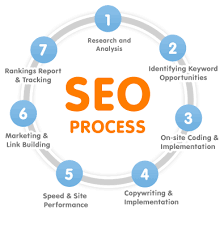
2. Attract Customers with Valuable Content
Almost half of all consumers will read 3 to 5 pieces of content before they’ll even speak with a sales representative—and there’s a reason.
Content marketing strategies like blogging and posting on social media give consumers information they can use to solve problems, which takes us back to the issue of trust.
To succeed with content marketing, the information you deliver should educate your prospective customers in ways that make them more likely to purchase your products and services.
For example, a furniture store might teach customers how to restore antique dressers or fix a broken bed frame.
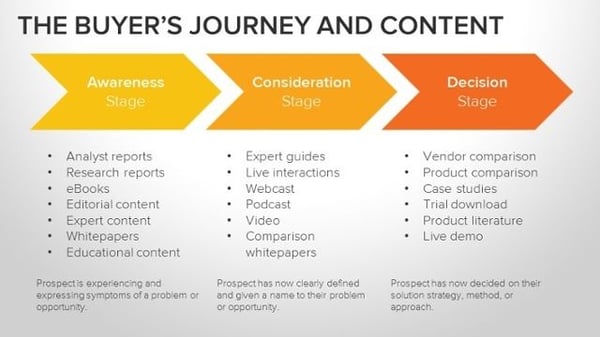
3. Get Social
To engage your customers, you have to be where they live, and where they live is on social media platforms like Facebook, LinkedIn, Twitter, Pinterest and Instagram.
About 7 in 10 of marketers surveyed by Hubspot reported a substantial increase in quality leads from as little as 6 hours a week on social media.
To be successful, you need to develop a separate strategy which matches the type of company you are, and the behavior of consumers on each social media site.
For example, a B2B company should spend more time on LinkedIn where other businesspeople are, while B2C companies will generally do better on Twitter and Facebook.
Whether your customers are businesses or consumers, the content you post should provide information that’s relevant and valuable.

4. Establish Clear Goals and Measure Results
Jumping into inbound marketing without a plan and clear objectives is like taking your first trip from New York to California without a map or GPS.
Establish from the outset exactly what you want to achieve with clear, actionable—and measurable—goals, whether that’s the number of leads generated or reduction in shopping cart abandonment on an e-commerce site.
Measure your progress towards meeting those goals regularly, and tweak strategies as necessary to improve results.
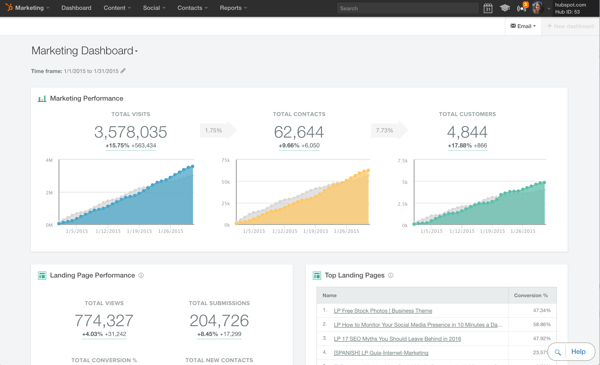
Conclusion - Inbound Marketing Examples
The surveys are in and the verdict is clear: inbound is more effective, and more cost-effective, than outbound marketing, but you need to implement inbound strategies that are right for your business, increasing lead generation, enhancing conversions and boosting sales.
To learn more about the inbound marketing, SEO and social media services that will help your business grow, contact us today.



